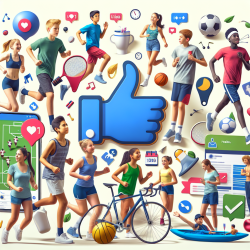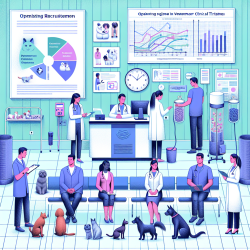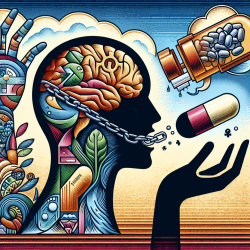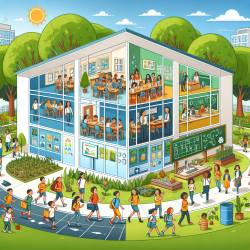Introduction
In today's digital age, social media has become an integral part of adolescents' lives, influencing various aspects of their well-being, including physical activity levels. A recent study titled The association between social media use and physical activity among Canadian adolescents: a Health Behaviour in School-aged Children (HBSC) study provides valuable insights into this relationship. As a practitioner working with adolescents, understanding these dynamics can enhance your ability to promote healthier lifestyles among students.
Understanding the Study
The study analyzed data from 12,358 Canadian students in grades 6 to 10, focusing on their social media usage and physical activity levels. Social media use was categorized into four levels: non-active, active, intense, and problematic. Physical activity was assessed across five domains: school curriculum, organized sport, exercise, outdoor play, and active transport.
Key Findings
- Non-active social media use was linked to lower odds of meeting daily physical activity recommendations and lower engagement across all physical activity domains.
- Intense social media use was associated with higher odds of meeting physical activity recommendations.
- Problematic social media use showed a significant association with lower engagement in the exercise domain but did not affect overall physical activity recommendations.
Implications for Practitioners
These findings offer valuable insights for educators and practitioners working with adolescents. Here are some ways to implement these insights:
- Encourage Balanced Social Media Use: Promote a balanced approach to social media that encourages active engagement rather than passive consumption. Encourage students to use social media as a tool for organizing physical activities with peers.
- Leverage Social Media for Physical Activity Promotion: Utilize social media platforms to create challenges or groups that motivate students to participate in physical activities, such as virtual fitness challenges or outdoor group activities.
- Monitor and Address Problematic Use: Be vigilant about signs of problematic social media use among students. Provide resources and support for those who may need help managing their online habits.
Encouraging Further Research
While this study provides a foundation for understanding the relationship between social media use and physical activity, further research is needed to explore the mechanisms driving these associations. Practitioners are encouraged to collaborate with researchers to investigate how social media can be effectively used to promote physical activity and well-being among adolescents.
Conclusion
By understanding the nuances of social media use and its impact on physical activity, practitioners can better support adolescents in leading healthier lives. Embracing the positive aspects of social media while mitigating its negative effects can unlock the potential for improved health outcomes in the youth population.
To read the original research paper, please follow this link: The association between social media use and physical activity among Canadian adolescents: a Health Behaviour in School-aged Children (HBSC) study.










